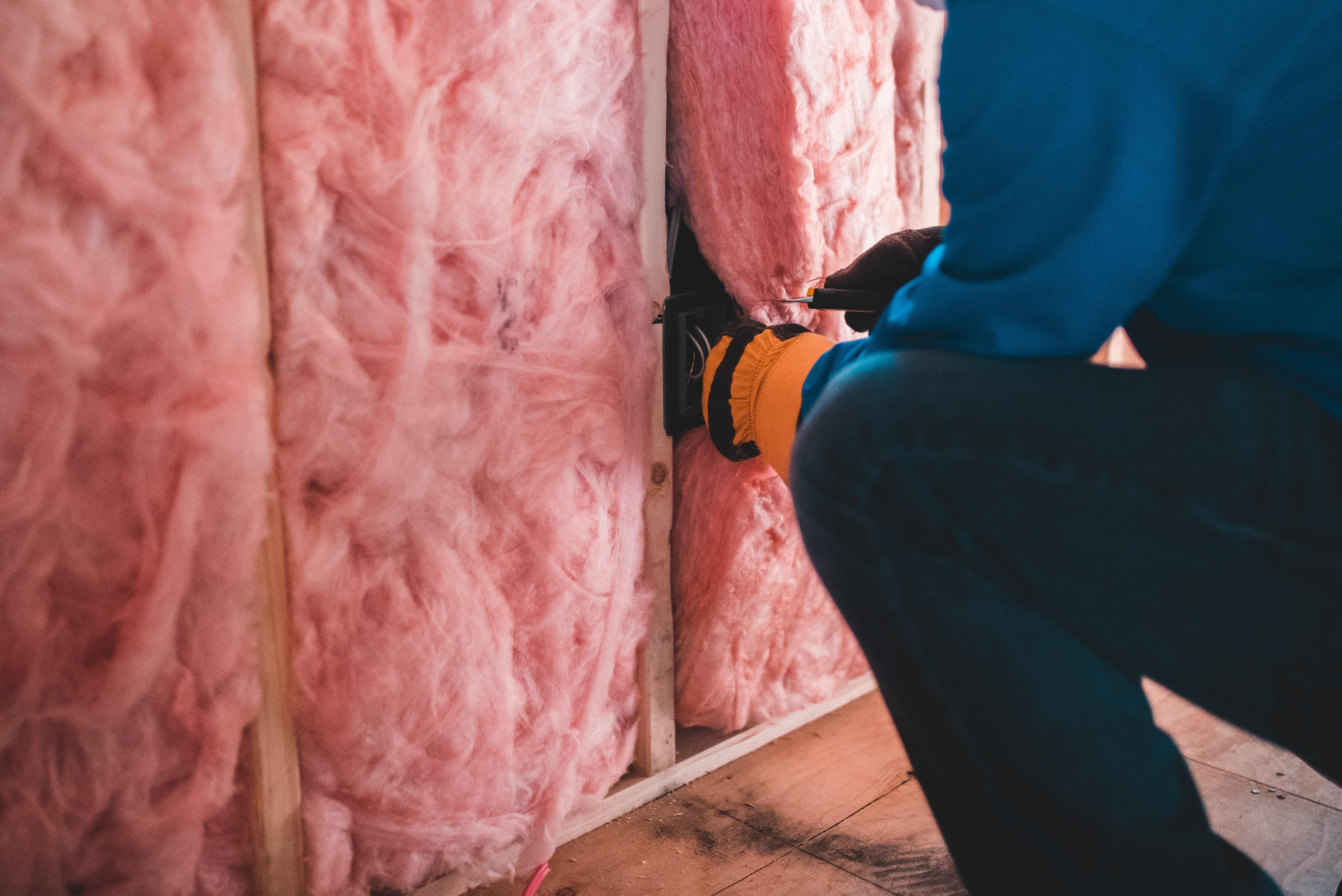Published on November 21st, 2022
Guide To Insulating Your Home: Everything You Need To Know About Insulation
What is sheet loft insulation? How can you install internal wall insulation? How much does cavity wall insulation cost? Find out all this and more in our guide to insulating your home

With energy bills rising to extraordinary heights, it’s never been more important to keep that precious heat inside your home.
There are a few key factors that contribute to your home’s heat loss. Problem areas include the cracks and gaps around your home that let out warm air, and old windows that don’t have secondary glazing.
In many cases, insulation is the biggest contributor. Uninsulated walls, for example, can cause extra heat loss of up to 67%, while uninsulated floors can contribute a further 10%. If you want to keep warm, ensuring your home is properly insulated is key.
So where do you start with insulating your home? And what types of insulation are available? Find out in our guide to home insulation.
What is insulation for?
Insulation acts as a buffer between the inside and outside of your home. Insulating materials prevent heat loss by keeping one side—the one facing inward—warmer than the other.
Most insulation materials contain tiny pockets of air which allow them to trap in heat and prevent it from escaping through the walls. Adding insulation can also impact your ventilation by preventing fresh air from entering your home.
When making changes to your home’s insulation, you should also check if ventilation changes are necessary.
Where can insulation be installed?
Insulation is typically found in your walls, ceilings, attic, and floors. Depending on your home, you may choose to insulate one key area or a number of areas throughout the building.
You can install ground floor insulation to prevent heat from escaping underneath your home. Depending on the type of floor you have, you can either add insulation between the joists of a suspended floor, or place it on top of a concrete floor.
The attic or roof is a key area where your home loses heat. Because of this, regulations dictate that all new-build homes must have roof insulation that’s at least 270mm thick, regardless of the material in use.
Wall insulation can vary depending on the structure of your home. Most homes built after the 1920s have cavity walls—an external wall and interior wall separated by a hollow space which prevents heat transfer.
Cavity wall insulation can be installed to prevent heat loss and is generally the most affordable option for wall insulation if it’s available to you. If your home is older than the 1920s, you’re more likely to have solid walls that let heat escape easily.
One option for solid wall homes is internal wall insulation. This requires adding insulating materials to the inner side of your walls. Often professionals do this by building a new wall inside your home to create a space which they then fill with insulating materials. Installing Internal wall insulation in this way means shifting your internal walls inward, so you will lose some of your room space.
Alternatively you can install external wall insulation, which requires adding some insulating materials to your home’s outer wall and then covering them with some form of cladding or a coat of render.
As it involves altering the appearance of your home, external wall insulation can require planning permission, depending on your building. It’s also generally more expensive than fitting internal wall insulation, however it does mean that you can keep your room space.
What different types of insulation are available?
A variety of different materials are used for insulation. When assessing your options, you should refer to the material’s R Value, which measures its resistance to heat. You should also check that the material is non-combustible to prevent the risk of a fire spreading.
In many houses you’ll find panels of light, fluffy, fibrous materials that fit inside the walls or ceilings. These are known as batts. They’re typically made of materials like fibreglass, felt, rockwool, or glasswool—the most popular option.
These materials can also be used to form large blankets or rolls which are placed within the walls and ceilings of your home.
A more expensive alternative: you could use rigid foam boards made from materials like polystyrene and polyurethane to insulate your home. Rigid board insulation is particularly resistant to heat, and can be used for insulating ceilings, attic, floors, and internal walls, as well as your external walls.
Loose-fill insulation is another option. This involves blowing small particles of foam or fibre into an area such as your attic, which then mould throughout the area to create a layer of insulation. This is useful for parts of the home that are difficult to access.
How to start insulating your home?
The first thing you need to do when starting the insulation process is find out what your home needs. Check if you have an up-to-date energy performance certificate (EPC) as this can give you an indication of how your home is performing and where it’s losing heat.
You can also hire a qualified professional to assess your home and provide recommendations on the key areas you need to insulate, and the types of materials that are suitable.
Once you know what will work for your home, you can either install the insulation yourself—this is possible with batts and blanket insulation—or you can hire a professional to install it for you and make sure you’re installing the right materials in the right place.
Insulation is just one way you can reduce your energy bills. Find out other ways to make your home more efficient and the best place to invest in your home by booking a home energy assessment today. Our home energy assessors figure out where to start and how to break it down to suit your budget and lifestyle.
Book a home energy assessment today and take the first step to reducing your energy bills for good.
Written by

Oisin Teevan